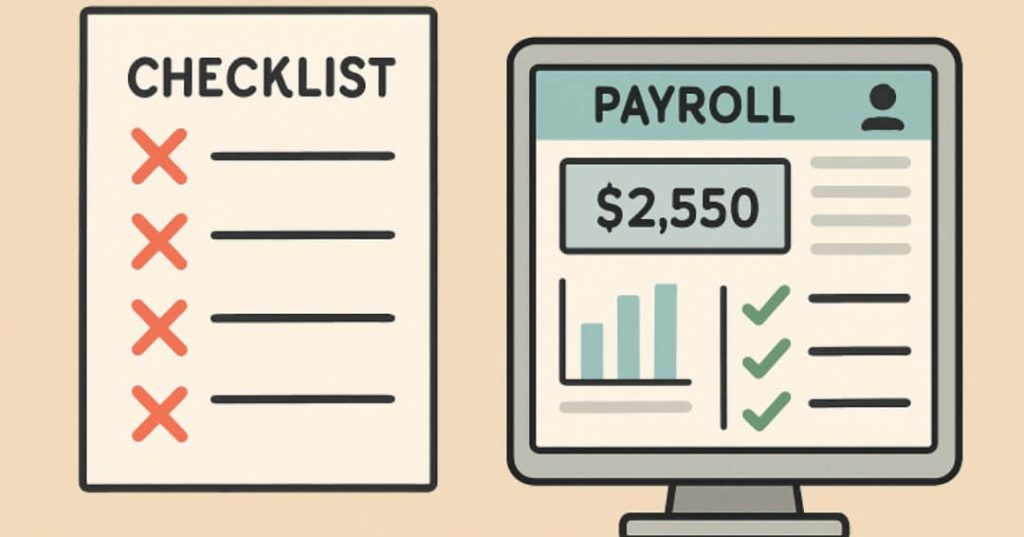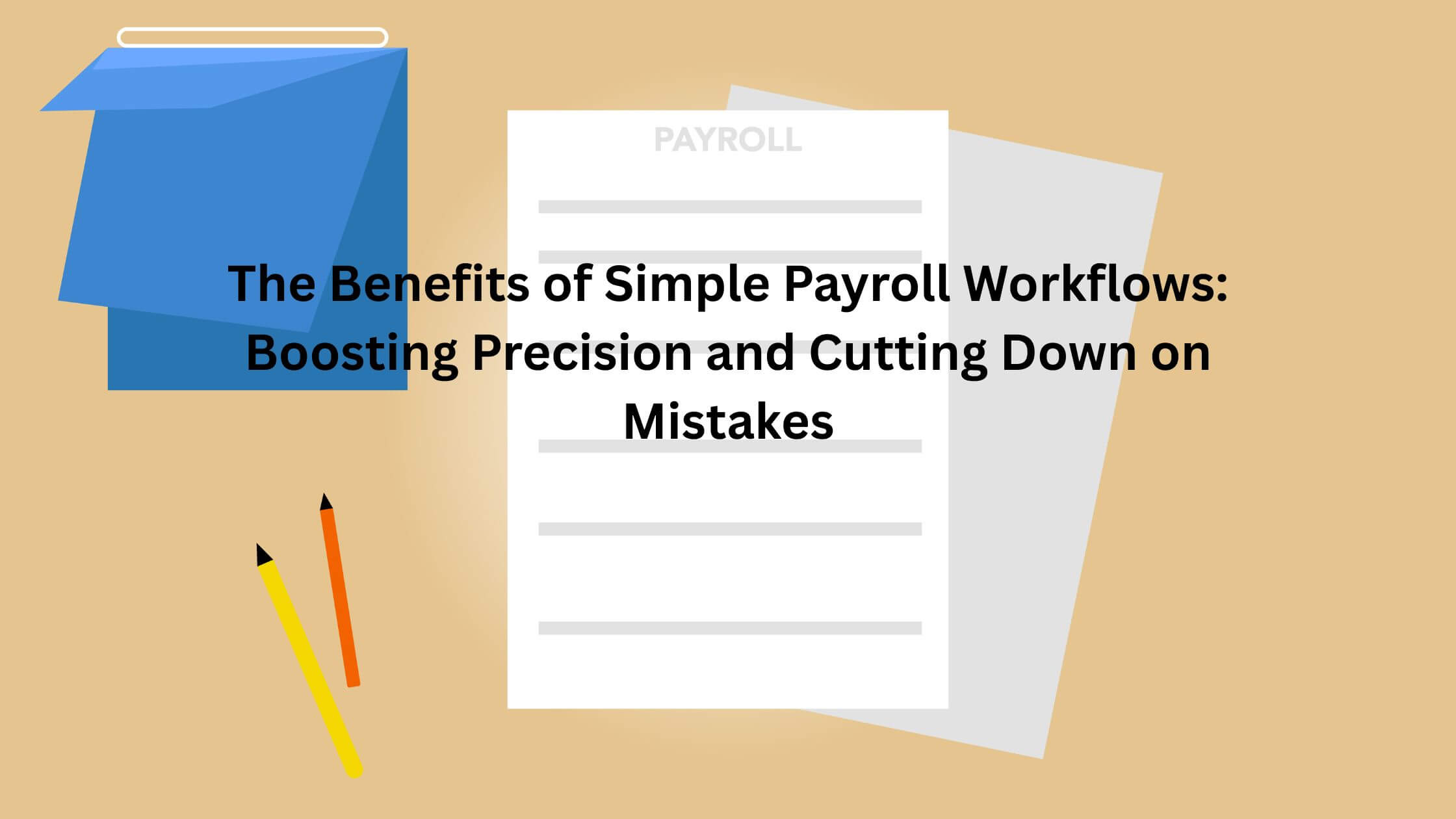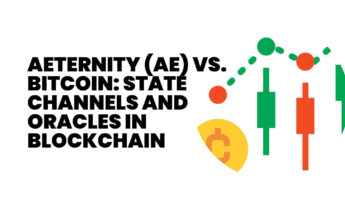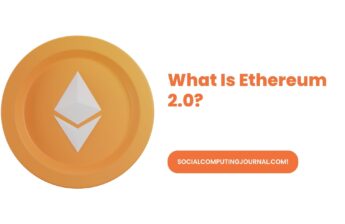Why Streamlined Payroll Processes Matter
Payroll serves as the financial backbone of every organization. Getting payroll right isn’t just a matter of timely paychecks—it directly influences employee satisfaction, regulatory compliance, and even business reputation. In an ever-changing business environment, leaders recognize that payroll efficiency is closely linked to broader business growth. Companies that implement simple payroll workflows experience fewer disruptions and gain time for strategic initiatives.
Streamlined payroll processes reduce administrative burdens on HR teams. By eliminating unnecessary steps and leveraging automation, businesses can achieve greater accuracy while freeing up valuable resources to focus on talent management and organizational priorities. The result is a smoother workflow, faster turnaround, and enhanced compliance with wage and hour regulations.
Efficiency in payroll is also about fostering trust across your organization. Consistent and trouble-free payroll builds employee confidence and morale, reinforcing your brand as a reliable employer. Errors, on the other hand, can erode trust—and may even lead to costly disputes, penalties, or turnover.
In a competitive landscape, optimizing payroll processes positions your business to scale successfully. As your headcount grows, a straightforward payroll workflow ensures that increased complexity doesn’t translate to increased errors or delays.
Common Payroll Complications Faced by Organizations
Many organizations continue to struggle with outdated payroll processes. Overwhelming amounts of paperwork and manual data entry are significant contributors to payroll bottlenecks. According to HR Morning, manual input also increases the risk for costly mistakes, especially as employee numbers and pay variables escalate. Frequent errors in payroll, such as incorrect wage calculations, missed deductions, or late payments, can negatively impact employee satisfaction and morale. As a result, HR teams often spend excessive time on administrative tasks rather than supporting business growth and employee engagement.

How Simplicity Reduces Payroll Errors
Data from payroll industry surveys shows that businesses with simpler payroll processes consistently report lower error rates. By consolidating steps and leveraging automation, companies can avoid redundancies and reduce the likelihood of double entries, missed calculations, or other errors that tend to occur with more manual and complex systems.
A straightforward payroll workflow typically involves minimizing the number of touchpoints for each transaction and relying on reliable digital systems. With fewer manual interventions, the process becomes more transparent and less prone to human error, helping maintain both compliance and consistency.
The Steps to Achieving a Simple Payroll Workflow
The journey to a flawless workflow starts with identifying current bottlenecks. Organizations should map each step in their existing payroll process to identify duplications, unnecessary approvals, or manual entries that hinder progress. Eliminating these sticking points forms the baseline for redesigning your workflow.
From there, outline a streamlined process that prioritizes essential data collection, automated calculations, digital recordkeeping, and clear approval pathways. The goal is to transition from cumbersome, paper-driven workflows to streamlined, technology-supported systems where errors become the exception, rather than the rule.
Digital Tools That Help Streamline Payroll
The surge in user-friendly payroll and HR technology platforms makes it easier for businesses of all sizes to manage employee compensation. Modern solutions often feature intuitive dashboards, automated compliance updates, self-service portals, and built-in error-checking—all designed to simplify the payroll lifecycle. Key industry trends highlight the adoption of automated payroll systems to reduce manual workloads, streamline processing, and enhance data security.
Training and Support: Key Ingredients for Accurate Payroll
Sophisticated software alone won’t end payroll problems. Ongoing education for payroll professionals is crucial, especially as regulations shift and employee circumstances change. Training helps staff use tools correctly, recognize potential issues early, and implement best practices. Utilizing external resources and proven guidelines from industry experts goes a long way toward minimizing risk.
Real-World Results of Simple Payroll Workflows
Consider the case of a mid-size marketing firm that switched from spreadsheets and manual logging to an integrated payroll platform. In the first year, payroll errors decreased by 85%, employee concerns about timely payments were alleviated, and processing times were reduced from three days to just a few hours per cycle. Similarly, hypothetical examples abound where companies experience direct cost savings, fewer legal challenges, and greater employee satisfaction thanks to adopting streamlined payroll processes.
Quantifiable results, such as fewer correction requests, compliance violation notices, and payroll-related complaints, demonstrate the business value of maintaining clean and straightforward payroll workflows.
Getting Started: Tips for Businesses Looking to Simplify Their Payroll
- Audit your current payroll workflow to spotlight inefficiencies.
- Adopt a user-friendly, digital payroll platform suited to your organization’s needs.
- Establish a standardized set of procedures to minimize variability and reduce training time.
- Invest in ongoing training for payroll and HR staff to stay up to date with policy changes.
- Conduct regular workflow reviews and solicit employee feedback to identify new areas for improvement.
- Leverage expert resources to ensure compliance and foster a culture of accuracy.
Improvements don’t have to be all-or-nothing. Businesses often see the most enduring change by implementing enhancements gradually and regularly revisiting their workflows as they scale.
Conclusion
Streamlined payroll processes are more than just an operational upgrade—they are a foundation for stronger businesses. By reducing errors, minimizing administrative strain, and fostering employee trust, simplified payroll workflows create space for HR teams and leaders to focus on growth and strategy. Digital tools and proper training make it easier than ever to achieve efficiency, while real-world results show measurable benefits in time savings, compliance, and employee satisfaction. For any organization, simplifying payroll is not just about paying employees correctly; it’s about building a reliable system that supports long-term success.







